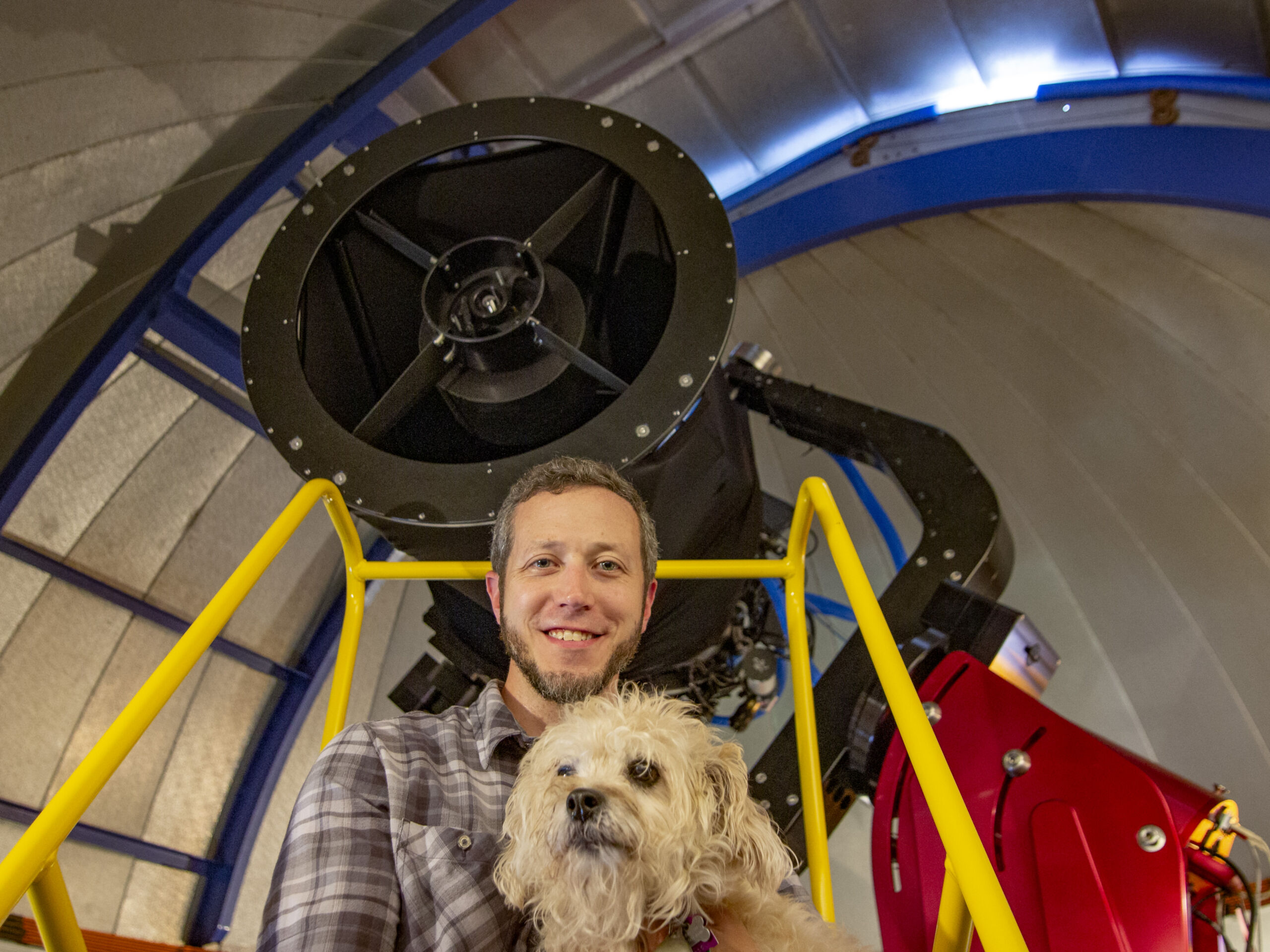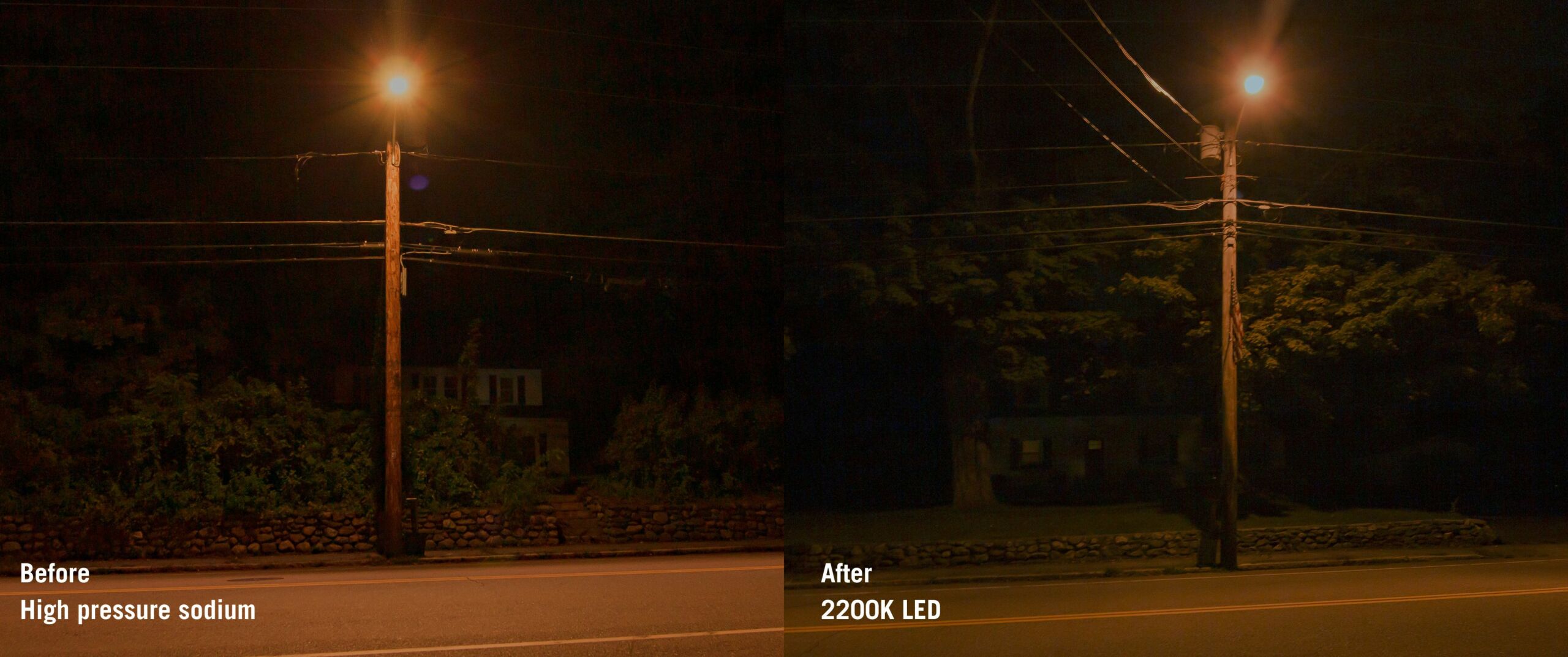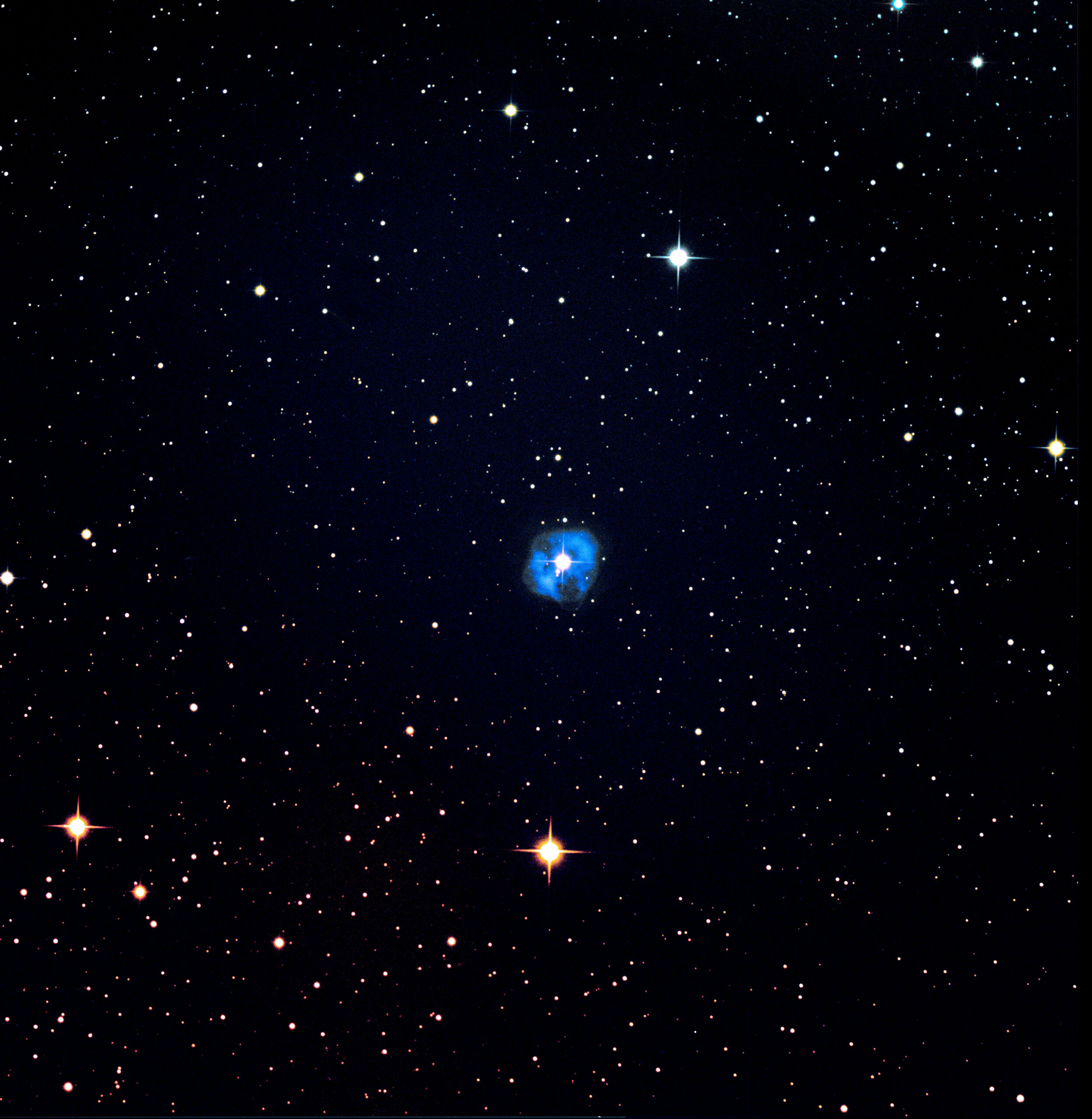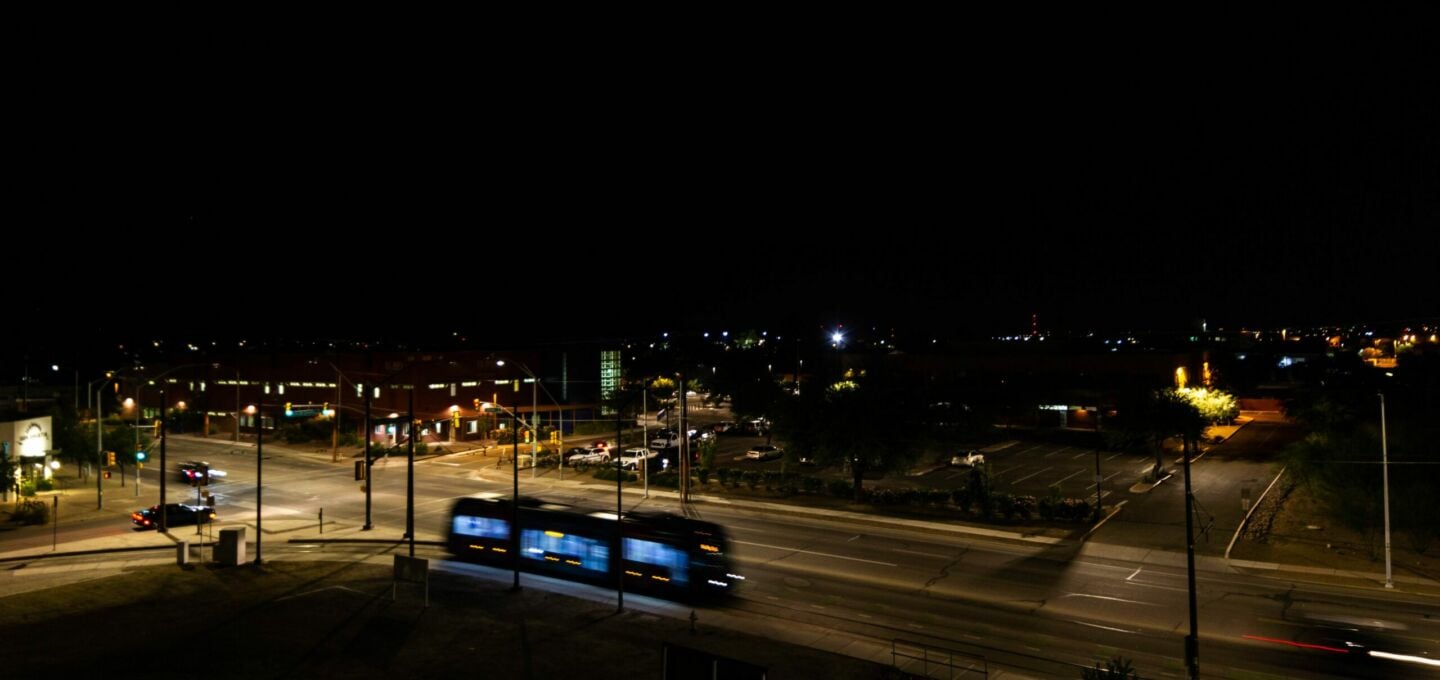
Retrofit Gone Right: Q&A with Tim Brothers

A portion of the following originally appeared as an article in Nightscape #107 (March 2022). To enjoy new issues of Nightscape all the time, become a member.
Get to know Vice President of IDA Massachusetts, Tim Brothers — an observatory manager who successfully advocated for and helped organize a recent streetlight retrofit.
Q: You helped steer a streetlight retrofit in your town of Pepperell, MA. Tell us a bit about the project and what went right.
A: As with many communities, the project was a town initiative to cut energy costs/usage by converting HPS streetlights to LED technology. I owe a lot of our success to the Town and the energy consulting firm’s willingness to work with our dedicated group of lighting activists in town. It was clear from interviewing many other towns in the area that when there was public input was considered, people were happier with the end result, and one generally ended up with a more environmentally-friendly lighting installation. Besides advocating for the IDA-recommended technical aspects, we pushed hard for a public demonstration of several different LED streetlight models. Conducting a survey resulted in an engaged public and valuable insight into what they wanted our nighttime to look like. What they chose was a fully-shielded 2200 K LED, of which they preferred it to be dimmed by 50%.
After the lighting was fully integrated with smart controllers, the Town decided to go a step further. They settled on a dimming schedule of 50% brightness at the first and last two hours of the night and 30% for the inbetween hours. In the end, we cut 81% of our electricity consumption, minimized uplight and reduced harmful blue spectrum as compared to the original HPS.

Q: What motivated you to jump from being an astronomer to an activist/consultant? What led you to take that first step of action?
A: I think anyone working in the field of astronomy is keenly aware of how fast we are losing the night. In a few short years, we have nearly lost the Milky Way at the observatory I work at. Realizing that the towns surrounding the telescopes had not yet converted, I started making calls and offering to help. One of the most important steps was talking to the early adopters to learn what went right and wrong.

Q: How did your town’s residents respond to the new dark sky friendly lighting?
A: Given that the Town installed what the people preferred (warmer colored LEDs with less glare), I have received a lot of positive sentiment and have yet to hear of any complaints. If anything, some still feel the LEDs are too bright, even when dimmed by half. A couple of the police officers I have spoken to have said their nighttime visibility improved.
Q: How did you hear about the street lighting conversion going on in your area in order to intervene before brighter/worse lighting was put into place?
A: This part was really critical – I offered my services before the project was on the table. When the first proposal came in, which included a promise to reduce our streetlights’ electricity consumption by 70% using a mixture of 3000 K and 4000 K LEDs, I had time to digest it. I then consulted with other IDA members, made recommendations, and then I was ready to participate in the initial design meetings.
Q: How did you educate yourself about the technical aspects of lighting to be prepared enough to present in front of boards and councils?
A: I could not have gotten up to speed without the help of the IDA and the really deep bench of experienced activists in our state chapter. Parallel to this project, I was also a member of an environmental bylaw committee. Part of that position involved reading a lot of regulations and learning what works and what doesn’t. Learning how local government works was just as important as anything else I learned. I highly recommend practicing your presentations. Think about giving small talks at libraries or community centers – it’s a great way to learn what aspects of light pollution your fellow residents care about.
Q: What are your top tips for our readers who might want to take the first step to change the lighting in their own communities?
A: Get your foot in the door, offer to help save your town money and help them achieve an outcome that residents will be happy with. Don’t feel pressured to cover every topic in light pollution – speak to what you know. Stay focused – maybe you missed the streetlights, but I guarantee there is another glaring flood light issue in town that you could help solve.
Q: Why is it important to you to protect the natural nighttime environment where you live?
A: Pepperell is just beyond the line of towns outside of Boston that have already lost their night sky, yet it still has a view of the Milky Way. That natural ambiance is one of the reasons we moved here, and I think we still have time to protect it so that my children will grow up under a starry sky like I did. We also have endangered species that need protection. Did I mention I still love stargazing?

Additional resources:
- IDA Massachusetts website
- Watch Tim’s presentation at IDA’s Under One Sky Conference
- IDA Massachusetts Dark Sky Compliant Checklist


















